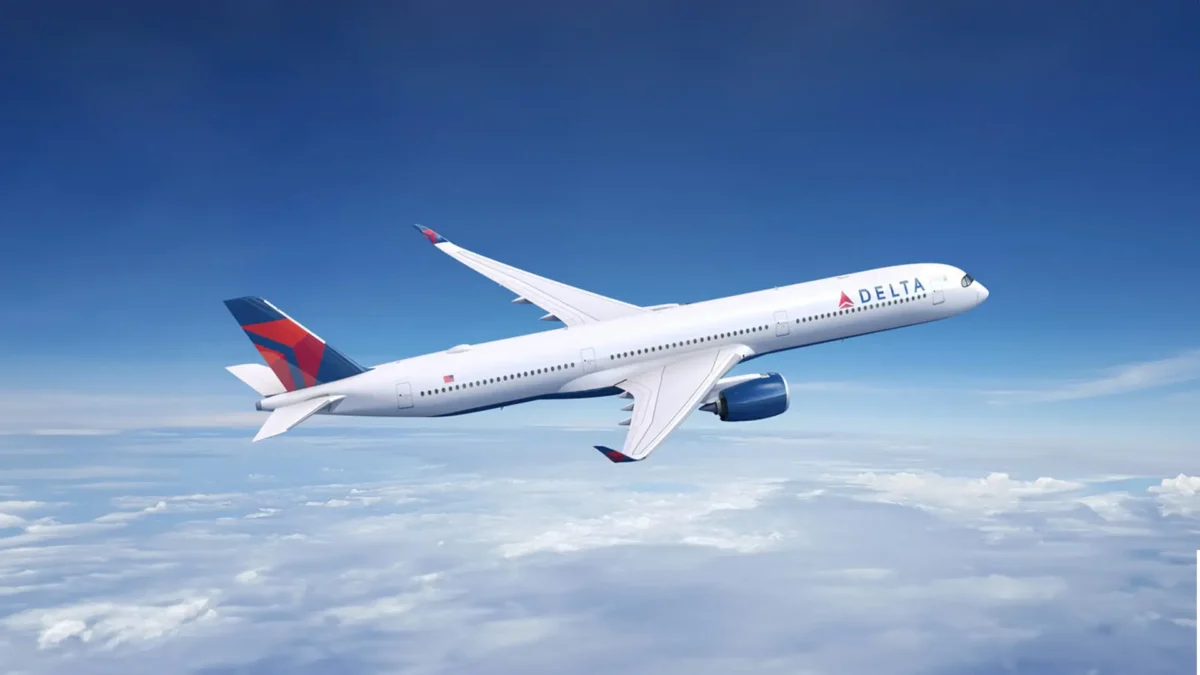Delta Airlines AI Pricing – What It Means for Travelers in 2025
Quick Summary (TL;DR)
Delta is rolling out an AI-driven pricing model (in partnership with Fetcherr) that replaces many traditional “filed” fare buckets with real‑time, individualized price outputs. Only a small slice of fares were influenced in late 2024, a few percent by mid‑July 2025, with a stated goal of about one‑fifth of fares by year end. Expect more personalized cash pricing, faster fare changes, and new strategies for timing purchases—plus eventual ripple effects on award pricing and elite value.
Why Delta Is Doing This Now
Airline revenue management historically relied on filed fare classes (think: 26 alphabet soup buckets) opened and closed by analysts + legacy demand curves. Delta’s AI shift aims to:
Capture Willingness to Pay More Precisely: Micro‑segmenting demand in real time instead of broad buckets.
React Faster to Demand Signals: Adjust offers in minutes, not overnight.
Smooth Load Factors & Yields: Fill marginal seats earlier without over‑discounting, while nudging higher‑value travelers up.
Lay Groundwork for Ancillary Bundling: Dynamic base fare logic makes future personalized bundles (seat + bag + Wi‑Fi) easier.
How the AI-driven Pricing Model Works
Think of the new system as a constantly running prediction layer that asks: “Given everything we ‘see’ about market conditions and this request context, what price is most likely to both sell and protect revenue?” Key inputs likely include:
Flight inventory & booking pace vs forecast
Competitive fares in the city‑pair
Advance purchase window & seasonality
Device / request timing context (session signals)
Loyalty/behavioral attributes (status, prior spend patterns)
Important: Delta states fares remain compliant with regulation; the model doesn’t force discrimination along protected classes, but any personalization system requires vigilant bias monitoring.
Milestones & Rollout Pace
Pilot Phase (Late 2024): ~1% of fares influenced by the AI engine.
Early 2025 Expansion: Scaling learnings; internal tuning of “super analyst” model.
Mid‑July 2025: Roughly 3% of fares dynamically influenced in production.
Target by End of 2025: About 20% of fares to be set (or adjusted) by the AI system.
These percentages may sound modest, but even single‑digit penetration can materially move unit revenue because the model focuses on margin-sensitive fare opportunities.
Potential Upsides for Travelers
Scenario | Benefit to You | How to Act |
|---|---|---|
| Off‑peak or underperforming flights | AI may shade prices down faster to stimulate demand | Track historical ranges; set price alerts; consider flexible date searches |
| Competitive fare wars | Faster reactive undercutting could surface short-lived sale windows | Re‑check promising routes several times a day during promos |
| Personalized promo nudges | Tailored “better than public” offers to convert fence-sitters | Stay logged into your SkyMiles account; open targeted emails |
| More granular willingness capture | Could reduce drastic last‑minute spikes on some flights | Don’t assume 21‑/14‑/7‑day cliffs remain fixed—monitor beyond legacy thresholds |
Risks & Concerns
Risk | Why It Matters | Mitigation Tips |
| Opaque Personalization | Harder to know if you’re seeing a ‘fair’ market price | Compare logged‑in vs incognito, different devices, alternate browsers |
| Perceived Price Discrimination | Two travelers may see different fares | Use clean browser sessions; consider VPN for baseline comparison |
| Faster Fare Volatility | Deals may disappear within minutes | Use real‑time alerts; be ready with payment & passenger details |
| Data & Privacy Sensitivity | More behavioral signals may feed models | Limit unnecessary PNR holds; review Delta privacy settings |
| Award Pricing Follow‑On | Logic could migrate into dynamic SkyMiles redemption valuations | Capture good award rates early; track CPM trends in a spreadsheet |
Award Travel & Points Strategy Implications
While early focus is on an AI-driven pricing model for cash fares, expect eventual spillover to award pricing heuristics:
Dynamic Floor Raising: If AI monetizes high cash willingness, saver-level award space could tighten on peak flights.
Micro Promotional Windows: Short-lived award ‘sales’ could appear to stimulate off‑peak demand. Automate searches.
Elite & Co‑Brand Card Value: Personalized cash discounts or bundled offers might indirectly shift where you extract value (e.g., using Pay With Miles vs traditional award charts that no longer anchor prices).
Action Plan:
Track a sample basket of routes (domestic hub‑to‑hub + long‑haul) monthly: record lowest observed cash + award cost + effective cents per mile (CPM).
Set Google Flights alerts and note response times to fare drops vs prior norms.
Prioritize booking good SkyMiles redemptions sooner; dynamic systems can retract low pricing earlier.
Leverage transferable currencies (Amex MR, Chase UR) for optionality instead of over‑accumulating SkyMiles.
Practical Booking Tactics Right Now
Benchmark First: Before logging in, price the itinerary in a clean browser. Then compare after login.
Use Time‑Spaced Queries: Check Morning / Midday / Evening snapshots for volatile routes.
Lock Value Quickly: Have passenger info & payment method ready so a brief under‑market fare doesn’t vanish mid‑checkout.
Monitor Refundable vs Non‑Refundable Spread: AI may flex refundable premium; if gap compresses, consider refundable for optionality.
Track Post‑Purchase Drops: If a lower fare posts (and your ticket is flexible or within risk‑free cancellation window), rebook.
Ethical & Regulatory Watchpoints
Expect heightened scrutiny around:
Transparency: Pressure for clearer disclosures of personalized elements.
Fairness Audits: Third-party or regulatory audits for bias across socioeconomic or geographic lines.
Data Minimization: Debates over which behavioral signals are ‘necessary’ vs exploitative.
Legislative Proposals: Potential moves to limit extreme individualized pricing in essential transport.
Travelers should be prepared to document anomalies (screenshots, timestamps) if filing complaints or seeking refunds for suspected irregularities.
Frequently Asked Questions (FAQ)
Does AI pricing mean no more fare sales?
No. Sales will still exist, but windows may shrink as algorithms tighten inventory and react faster.
Will two people always see different prices?
Not always. Many searches will still yield identical fares, especially early in the rollout. Divergence is more likely on marginal inventory or high‑demand routes.
Does this affect companion certificates or upgrade instruments?
Core certificate rules remain, but underlying fare volatility may change the best timing to apply them.
Will SkyMiles award costs spike?
Not uniformly, but continued dynamic optimization could reduce unusually cheap sweet spots more quickly.
Can I ‘game’ the system by hiding data?
You can compare sessions, but the model relies on many non‑user-specific signals too. Treat privacy hygiene as a benchmarking tool—not a guaranteed discount lever.
Final Thoughts
Ready to navigate a world where your fare may not match your neighbor’s? Our 
Disclosure
Information accurate as of July 19, 2025, based on publicly reported statements and coverage from major business & tech media regarding Delta’s AI pricing rollout. Implementation details and scope may evolve; always verify current policies at time of booking.









American Airlines CEO Slams AI Airfare Pricing: How It Affects You
[…] Delta Airlines AI Pricing – What It […]